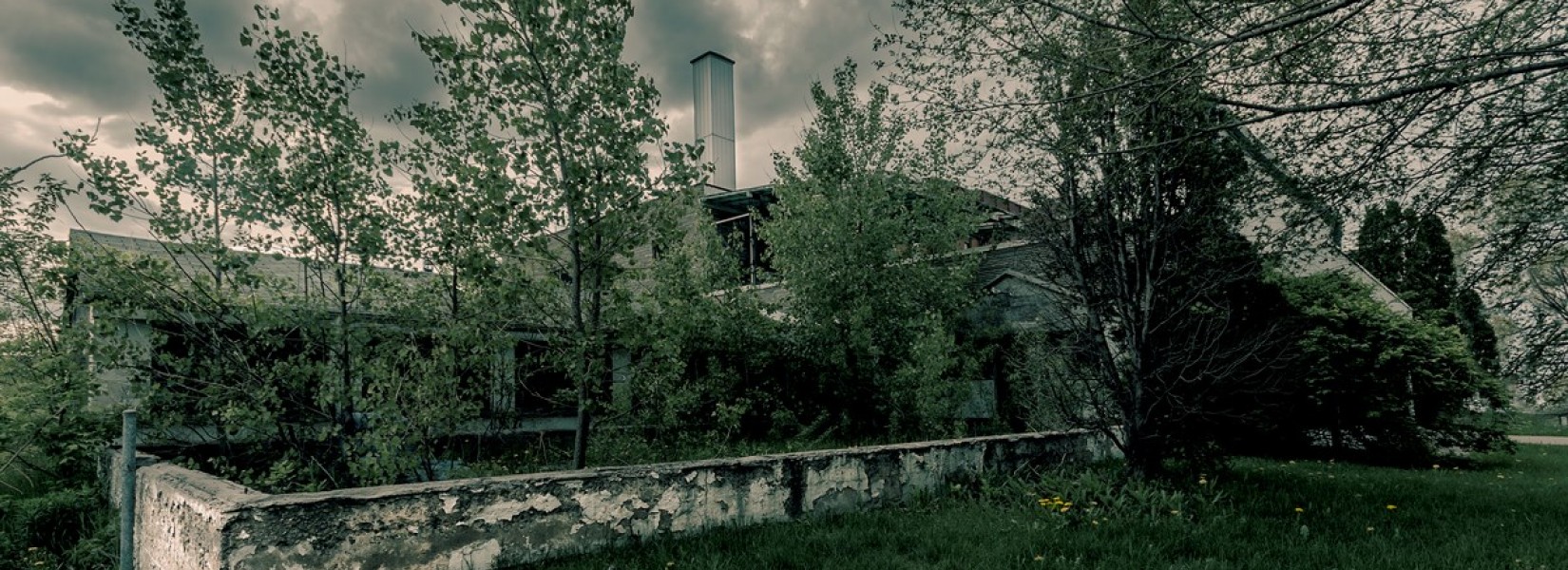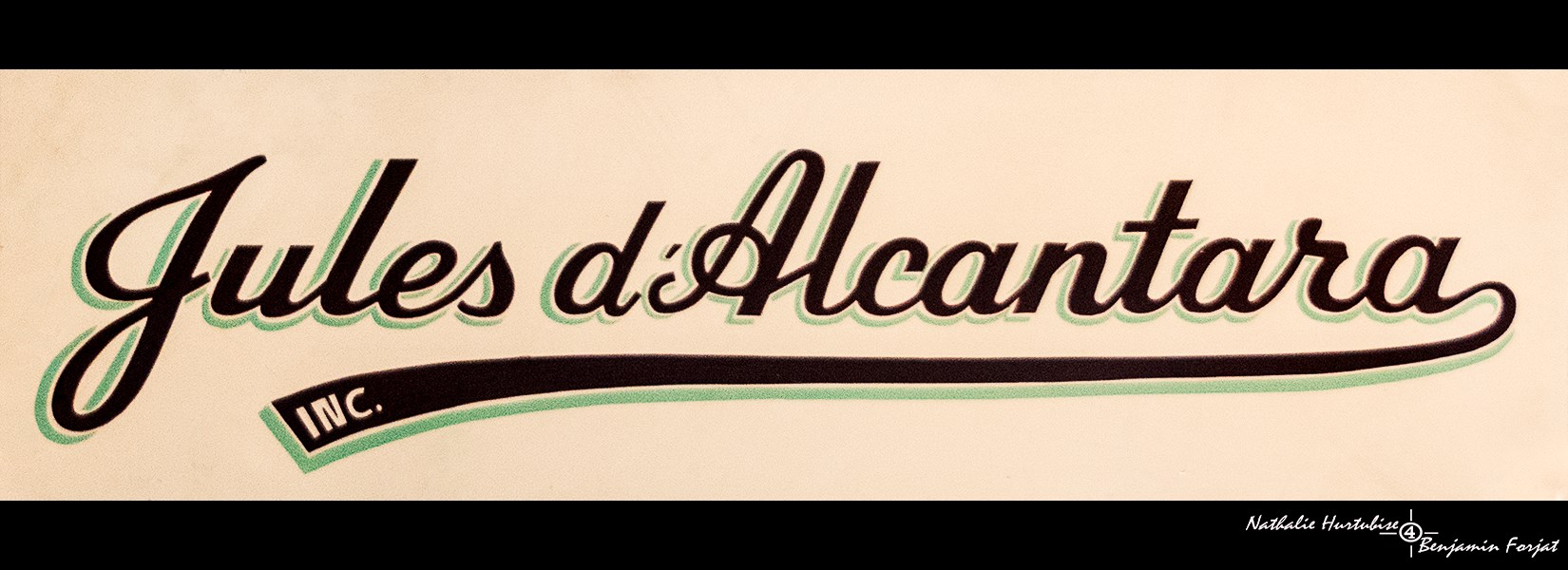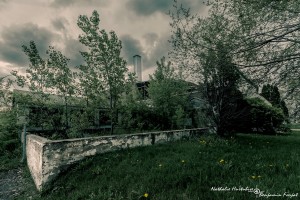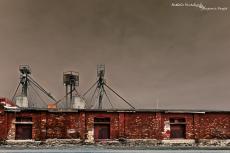Built by record producer Andre Perry in the early 70s, Le Studio is a real monument in the history of music. Located in the Laurentian mountains, an hour and a half north of Montreal , the site was a huge recording facility, featuring the most...
Jules d'Alcantara Florist
A nobleman with a green thumb
The origins
Like all good stories, d'Alcantara's begins with «once upon a time»... A Belgian aristocrat of Spanish origin, Count Carlos d'Alcantara, is madly in love with a beautiful French ballerina. His parents view this idyll with a jaundiced eye because the girl is from another social class. Never mind, Carlos leaves his nobility status and drops everything to embark with his beloved on a boat that will take them to Montreal. They settle in the east of the island, in Tétreaultville, in 1900. He then begins to sell fruit and vegetables. In 1917, he purchases a land on Notre-Dame Street where he builds greenhouses and he is the first to sell muskmelon or cantaloupe. Now a family business, it supplies the markets of Montreal such as Bonsecours Market, and the Maisonneuve Market.
The floristry
Carlos is a builder with an entrepreneurial spirit. He sells melons for a while and then launches into floristry in 1925. Unknowingly, he just planted the seed of what would become one of the most recognized business in floristry in the Montreal area. At his death in 1926, his son Joseph takes over. He passes on his knowledge to his brothers, who in turn want to fly on their own and have their own greenhouses. Two of them choose to stay in the east of Montreal, including Jules.
The store on Sherbrooke Street
Jules and his wife Irene founded Jules D'Alcantara Florist in 1949. Located on Sherbrooke Street, the building also housed the family upstairs. Although both died today, their business, like the ones from the other d'Alcantara brothers, still exists, and nearly 100 years later, this is the fifth generation of this illustrious family of gardeners and florists who continues the adventure started by Carlos. When we visited the place, it has been abandoned for nearly 10 years, but there is evidence that the building has found a taker, judging by the disappearance of the “For Rent” sign which adorned the storefront for years. Squatters and vandals, who used to waltz in there like they owned the place and ransacked almost the entire property, are now facing well barricaded entrances.
Related content
The place is surprising. This old rooming house next to an old railway was, in another era, the nerve center of this small village in Eastern Townships. Abandoned for over fifty years according to some, it remained intact and time has slowly...
Judging by the price on these old gas pumps, there is no doubt about the fact that they are abandoned long ago. If you look carefully at the left pump, it shows 68.4 ¢ per gallon (approximately 18 cents per liter), and the right one (probably...
Hochelaga-Maisonneuve has been deeply marked by the train, in its development. Even today, it is surrounded by three tracks : the Canadian Pacific to the west, the now abandoned Canadian National to the east and the one of the port of Montreal to...







































